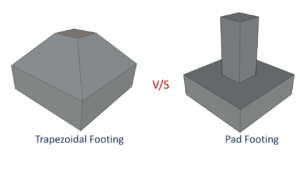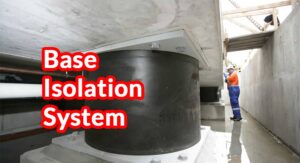
Advantages and Disadvantages of Standard Penetration Test

The Standard Penetration Test, also known as SPT, is an is-situ test of soil to evaluate the soil properties. Around the world, it is the most popular test of soil for subsurface exploration. The measure of soil penetration resistance and collected soil sample is used for foundation design.
The popularity of SPT is mainly due to the advantages it provides. In this article, we will unfold these advantages along with Standard Penetration Test disadvantages for you.
Advantages of Standard Penetration Test (SPT)
The followings are the major advantages of the Standard Penetration Test.
- It is an inexpensive test.
- The test can be done quickly.
- The test procedure is relatively simple to perform.
- Collected soil samples can be used for soil type identification.
- The compressibility and relative strength index of the soil can be established form SPT data.
- Able to penetrate dense layers, gravel, and tilt.
- With SPT-N values, the method based on this history can reflect actual soil behavior during earthquakes, which cannot be simulated in a lab.
Disadvantages of Standard Penetration Test (SPT)
The followings are the disadvantages or limitations of the Standard Penetration Test.
- The type of soils impacts the usefulness of the obtained result. Most useful results can be achieved in fine-grained sands.
- Non-disturbed samples cannot be collected. The samples are highly disturbed.
- The test requires borehole preparation.
- It is difficult to achieve a true result if a hard stone is encountered.
- The test requires heavy equipment.
- It is difficult to remove the sampler from the hard layer.




